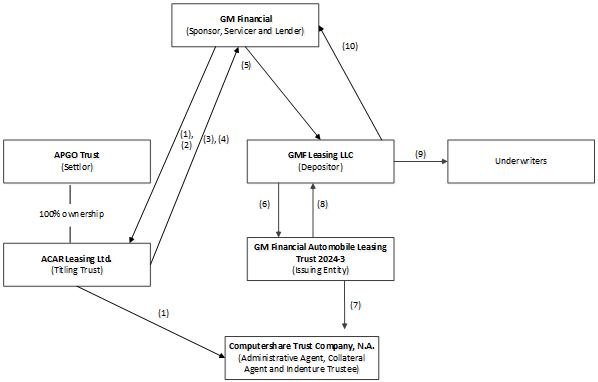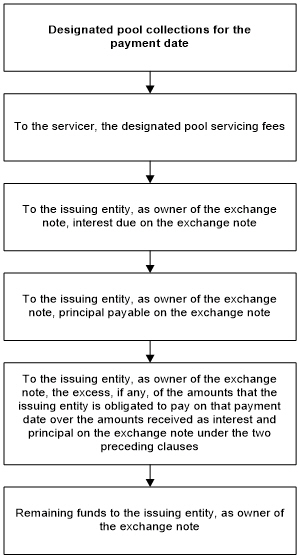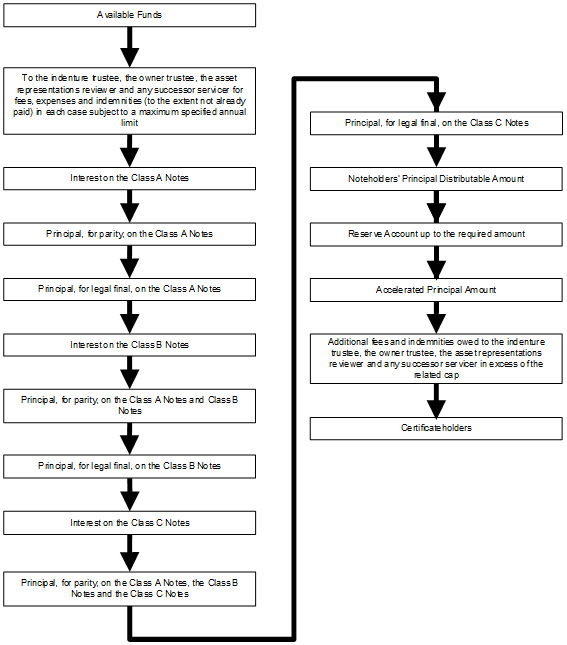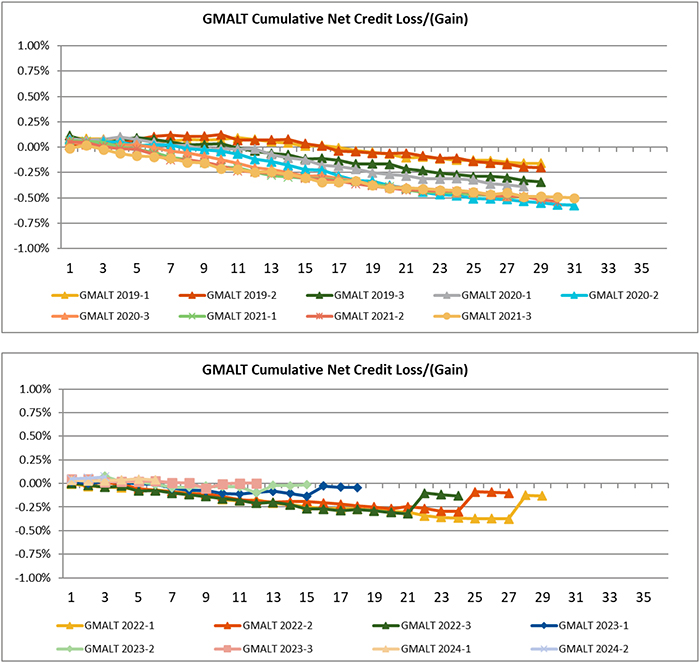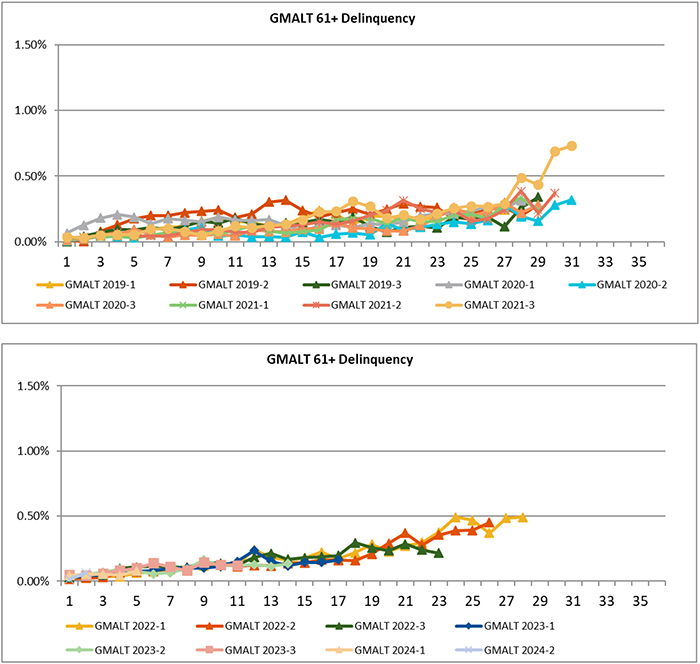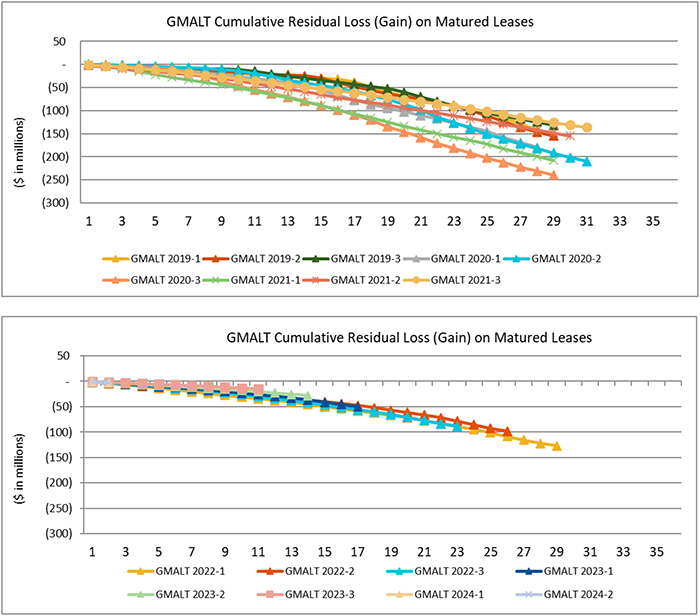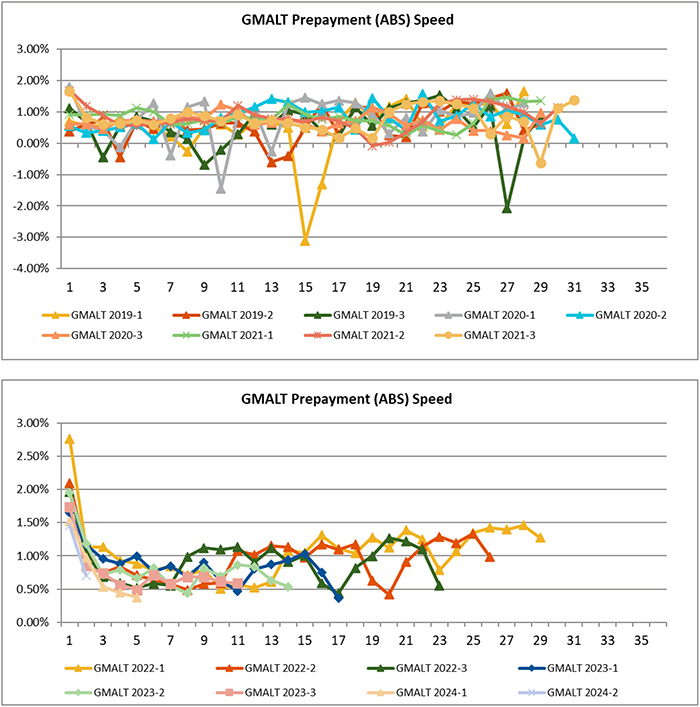Legal Proceedings
The Sponsor and the Servicer
The sponsor is subject to various pending and potential legal and regulatory proceedings in the ordinary course of business, including litigation, arbitration, claims, investigations, examinations, subpoenas and enforcement proceedings. Some litigation against the sponsor could take the form of class actions. The outcome of these proceedings is inherently uncertain, and thus the sponsor cannot confidently predict how or when proceedings will be resolved. An adverse outcome in one or more of these proceedings could result in substantial damages, settlements, fines, penalties, diminished income or reputational harm to the sponsor, and could materially and adversely affect the interests of the noteholders or the servicer’s ability to perform its duties under the transaction documents.
The Owner Trustee
Wilmington Trust Company is subject to various legal proceedings that arise from time to time in the ordinary course of business. Wilmington Trust Company does not believe that the ultimate resolution of any of these proceedings will have a materially adverse effect on its services as owner trustee.
Wilmington Trust Company has provided the information in the preceding paragraph for purposes of complying with Regulation AB. Other than the above paragraph, and except as described under “The Owner Trustee,” Wilmington Trust Company has not participated in the preparation of, and is not responsible for, any other information contained in this prospectus.
Certain Relationships and Related Transactions
In the ordinary course of business from time to time, the sponsor and its affiliates have business relationships and agreements with affiliates of the owner trustee and the indenture trustee, including commercial banking, committed credit facilities, underwriting agreements, hedging agreements and financial advisory services, all on arm’s length terms and conditions.
The owner trustee is not an affiliate of any of the depositor, the sponsor, the servicer, the titling trust, the issuing entity, the settlor or the indenture trustee. However, the owner trustee and one or more of its affiliates may, from time to time, engage in arm’s length transactions with the depositor, the sponsor, the servicer, the titling trust, the issuing entity, the settlor or the indenture trustee or affiliates of any of them, that are distinct from its role as owner trustee, including transactions both related and unrelated to the securitization of Lease Assets.
The indenture trustee is not an affiliate of any of the depositor, the sponsor, the servicer, the titling trust, the issuing entity, the settlor or the owner trustee. However, the indenture trustee and one or more of its affiliates may, from time to time, engage in arm’s length transactions with the depositor, the sponsor, the servicer, the titling trust, the issuing entity, the settlor or the owner trustee or affiliates of any of them, that are distinct from its role as indenture trustee, including transactions both related and unrelated to the securitization of Lease Assets.
The sponsor, the depositor, the titling trust and the settlor are affiliates and also engage in other transactions with each other involving securitizations and sales of Lease Assets.
Credit Risk Retention
The risk retention regulations in Regulation RR of the Exchange Act require the sponsor, either directly or through its majority-owned affiliates, to retain an economic interest in the credit risk of the
130

